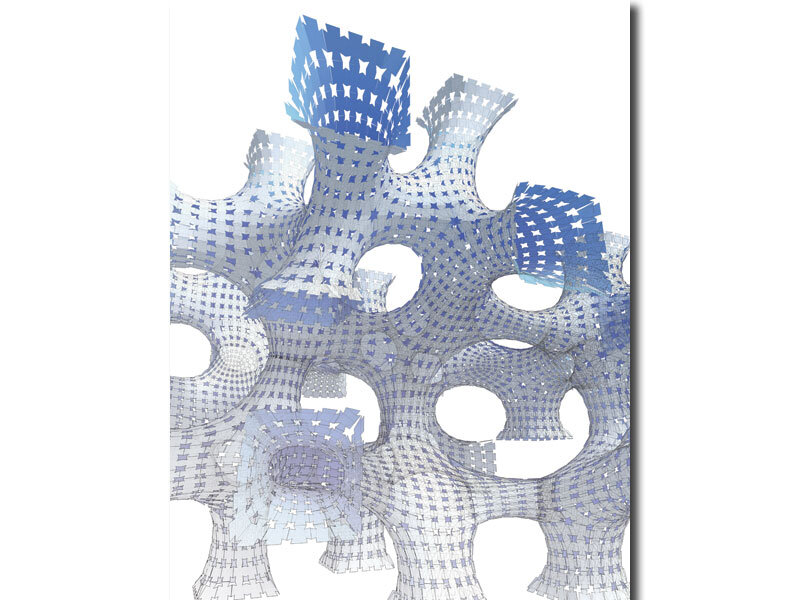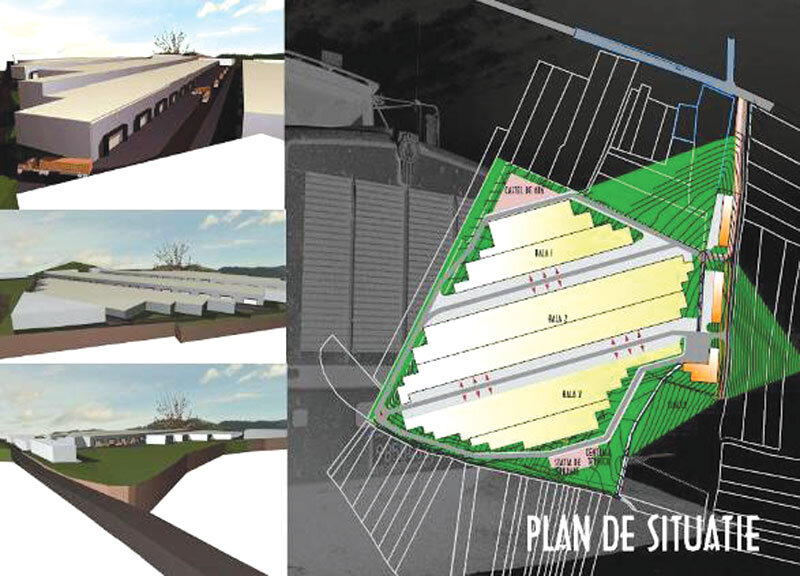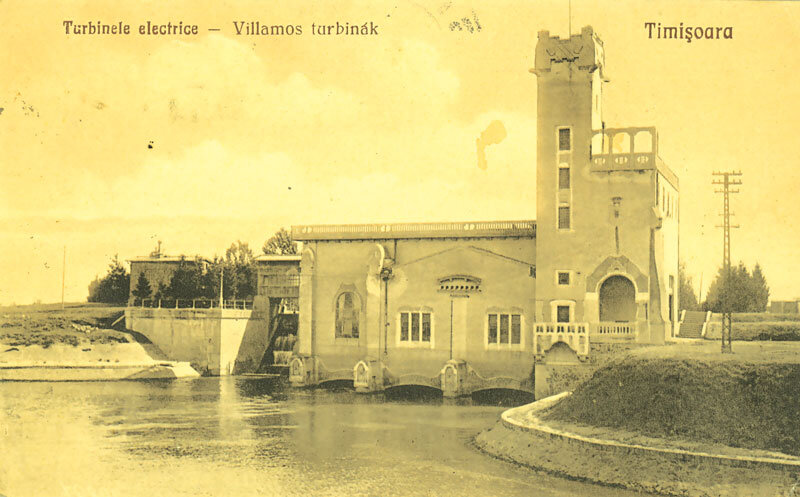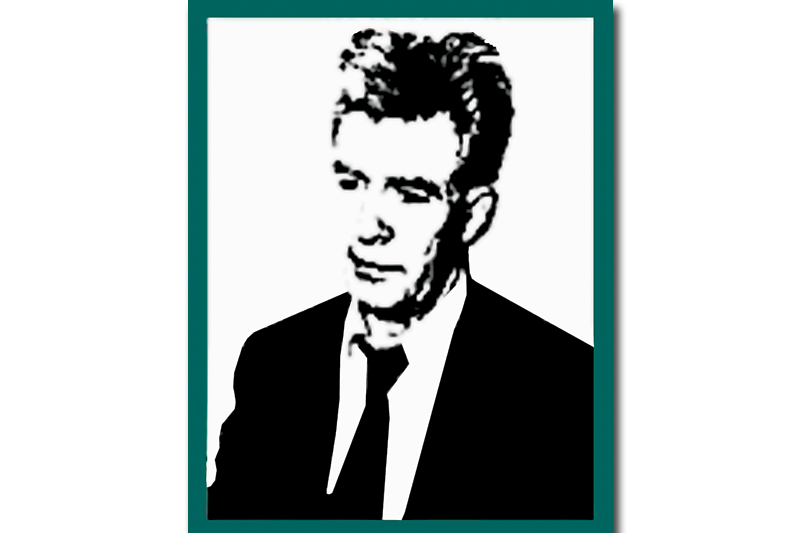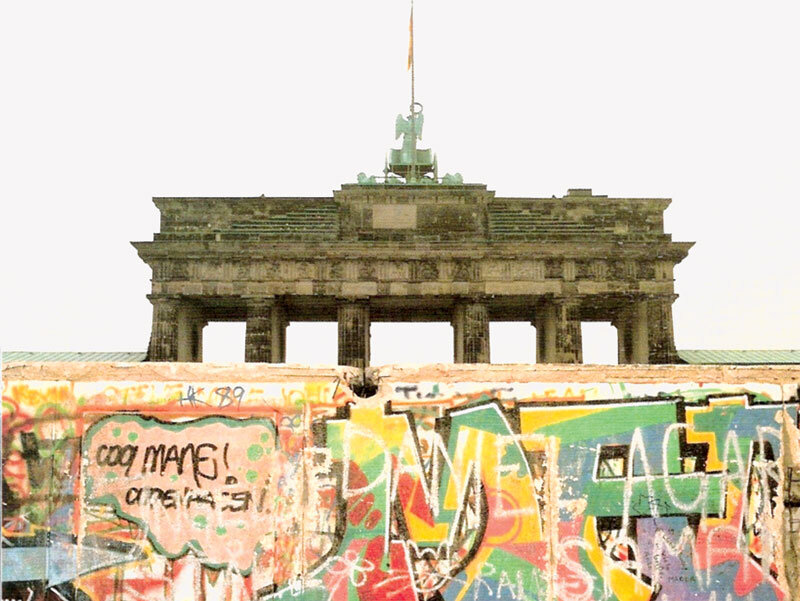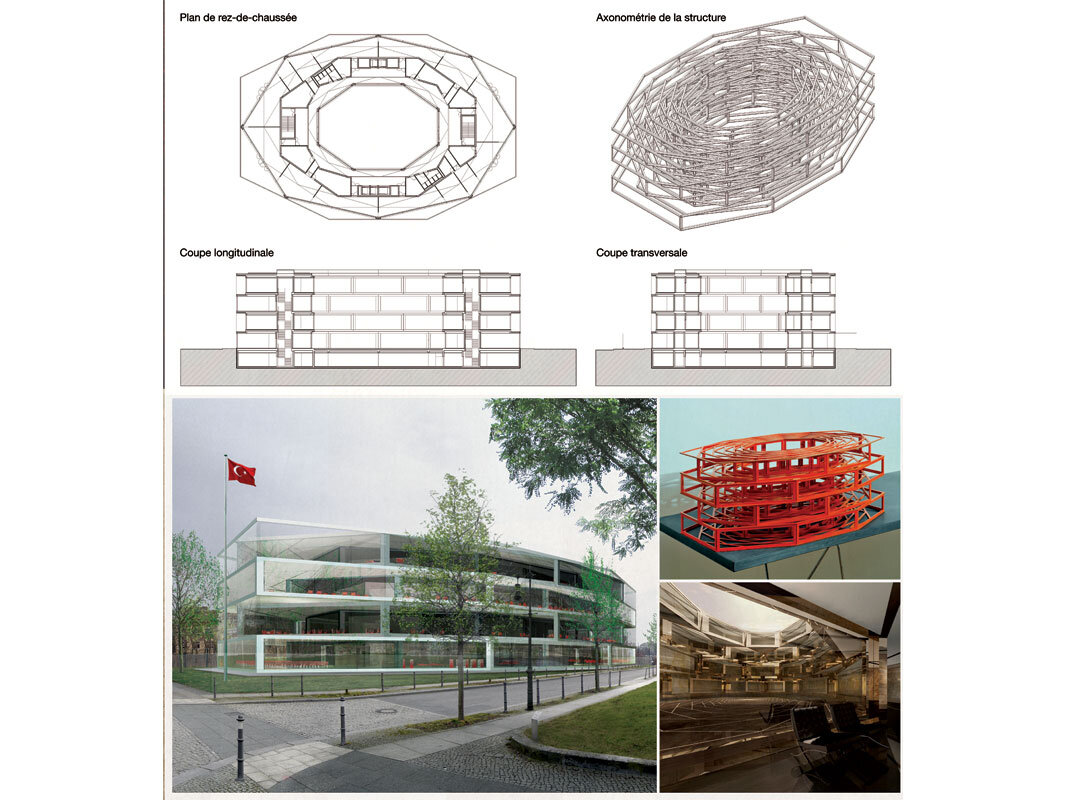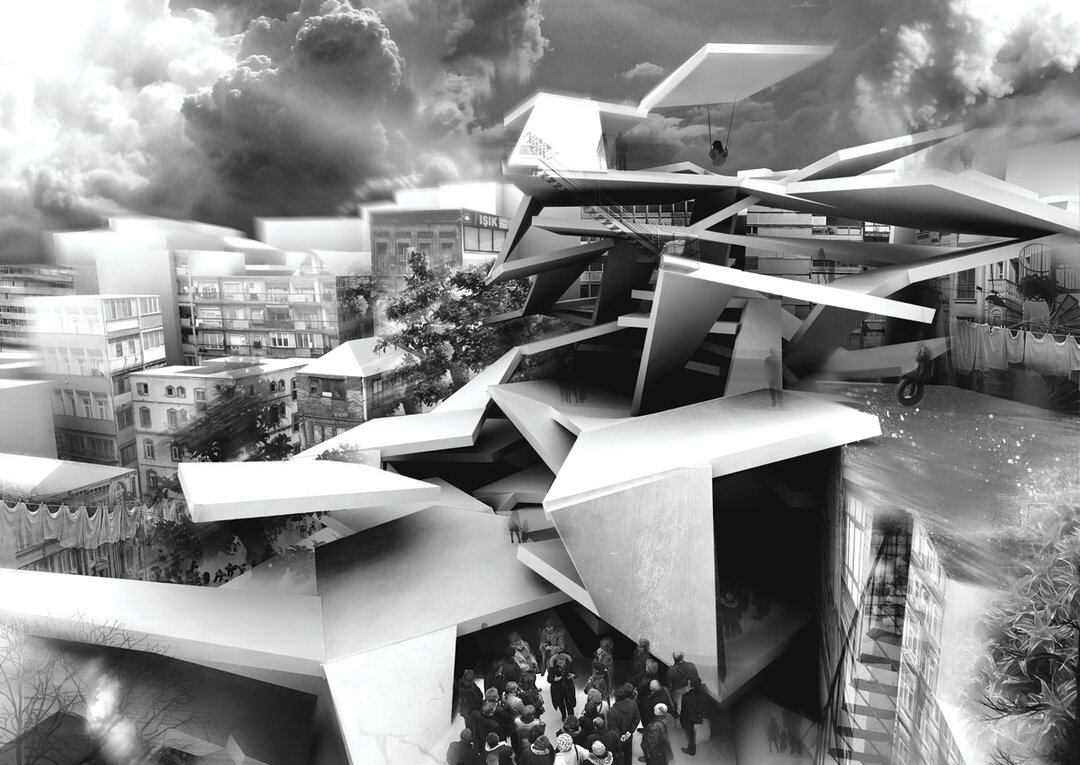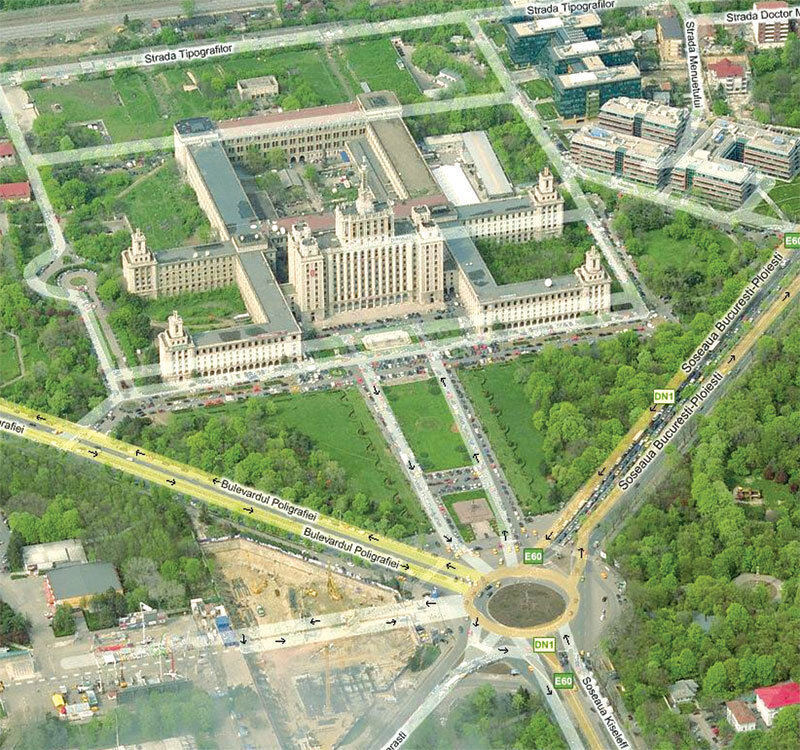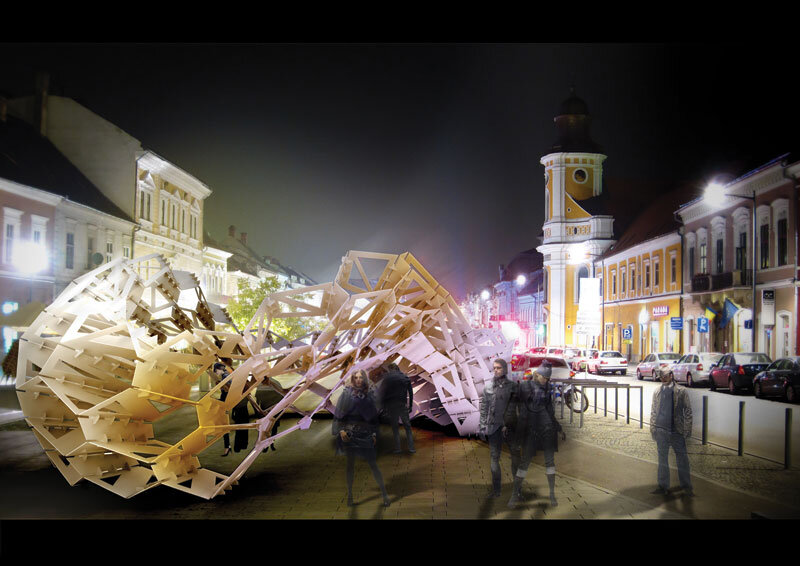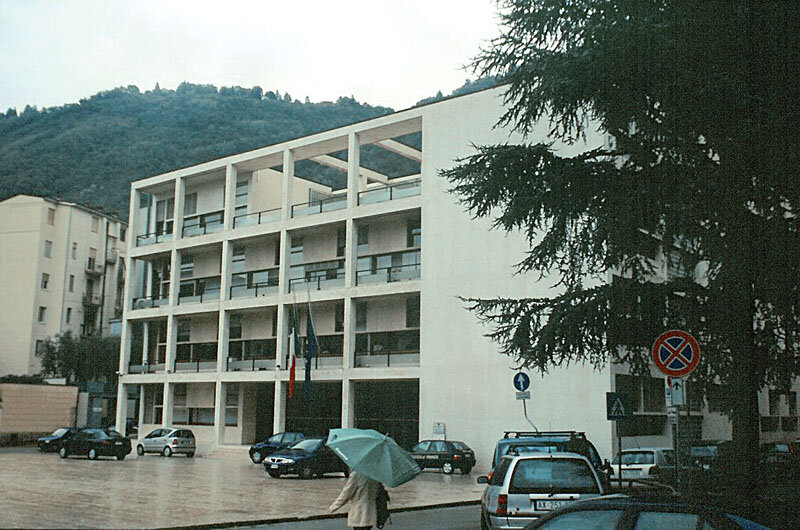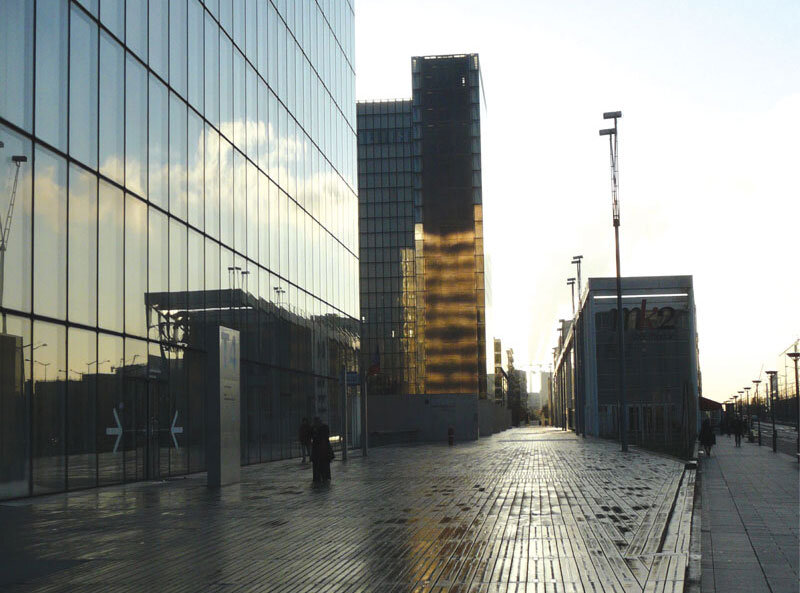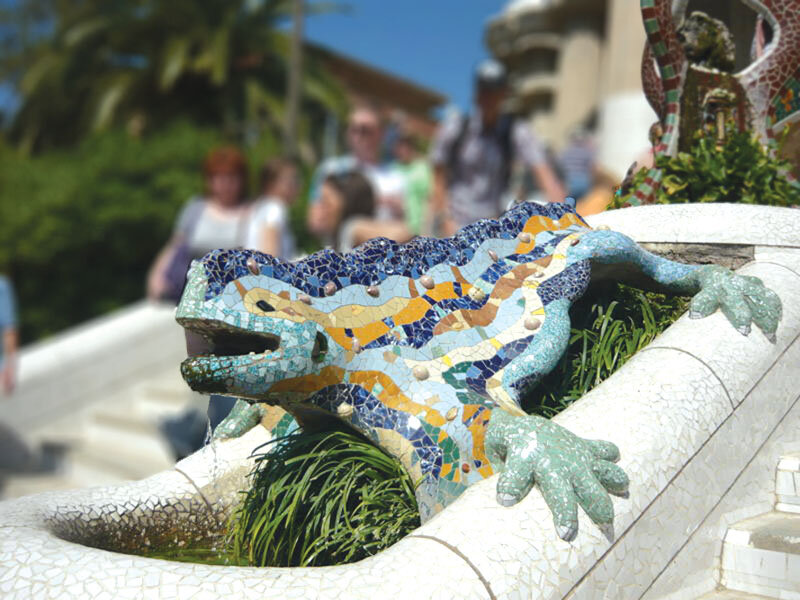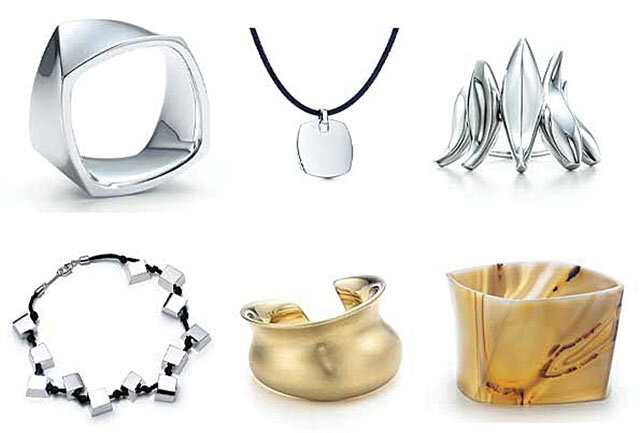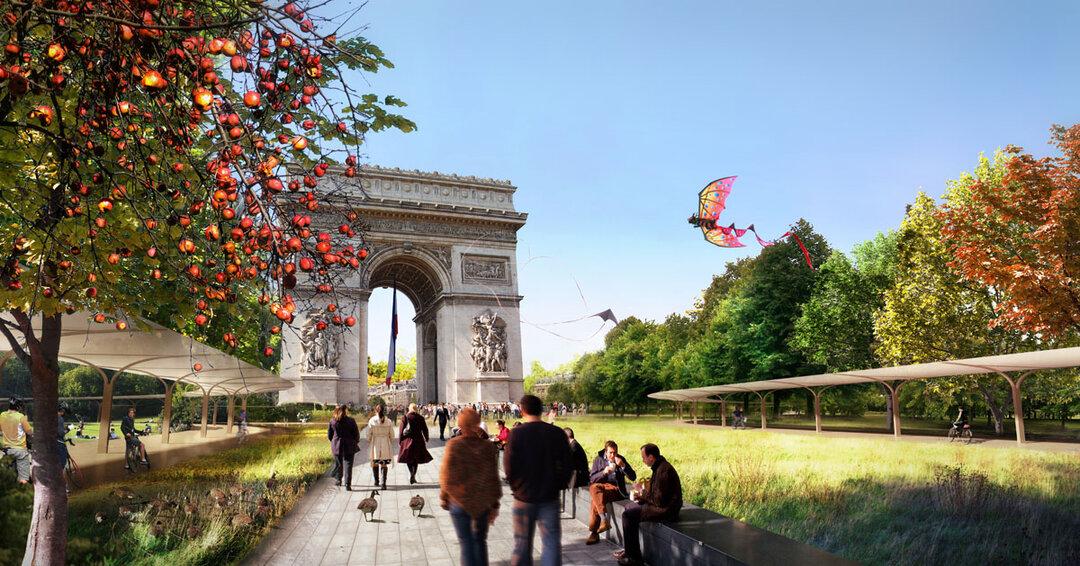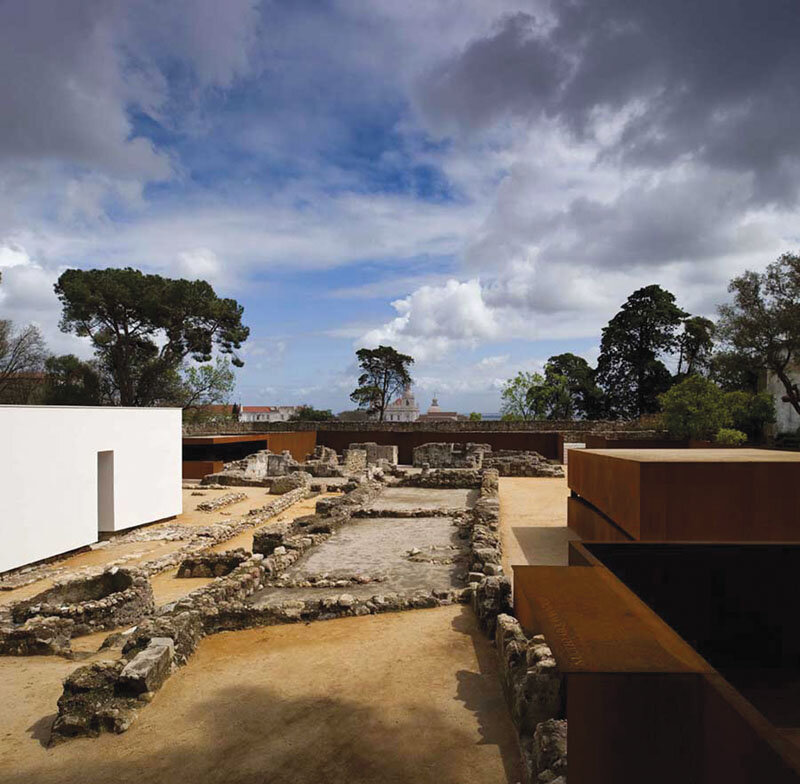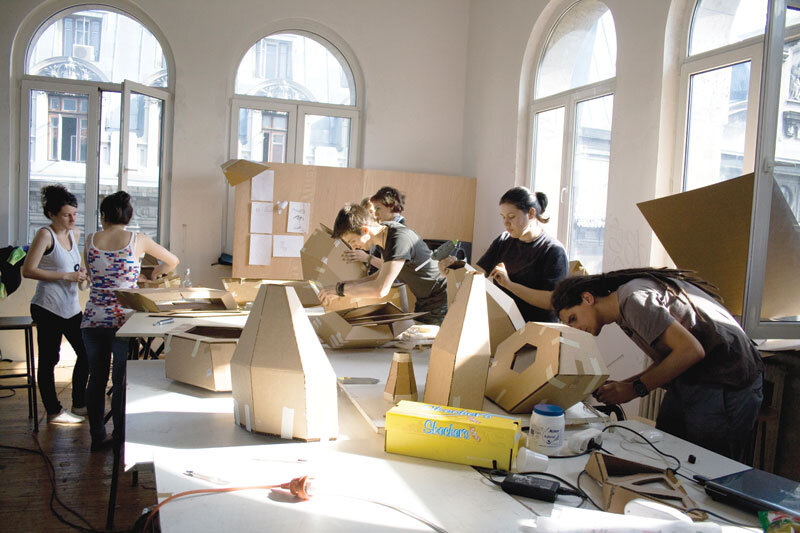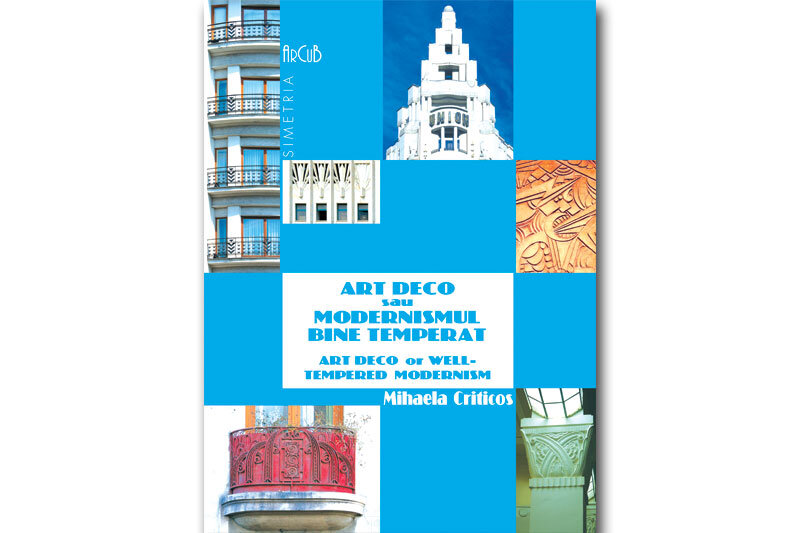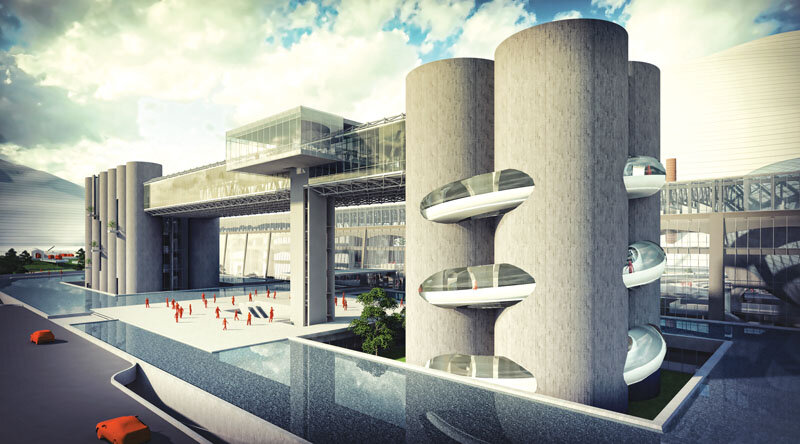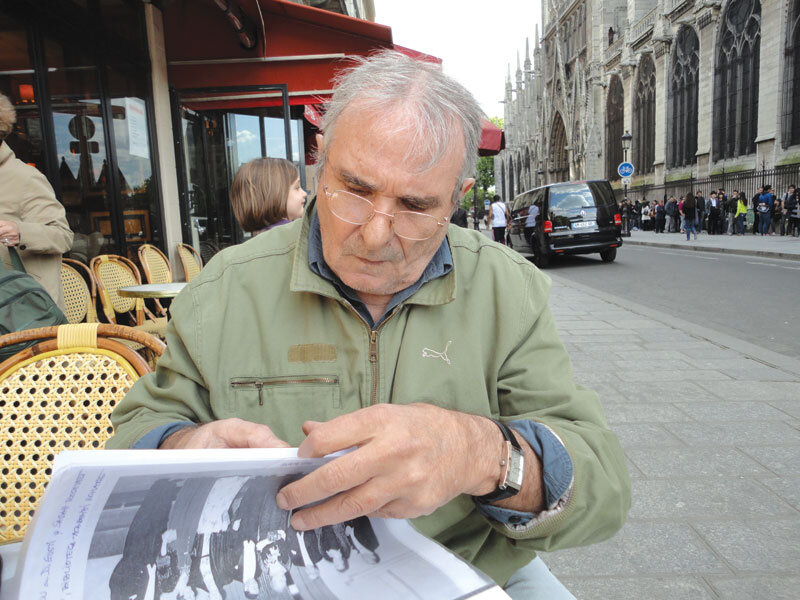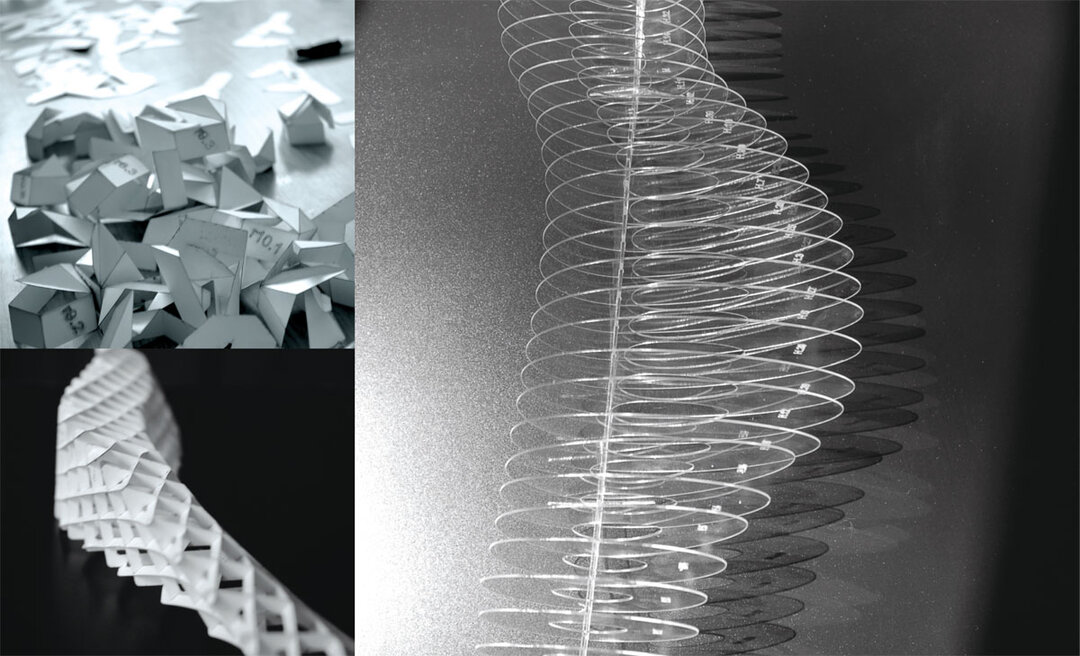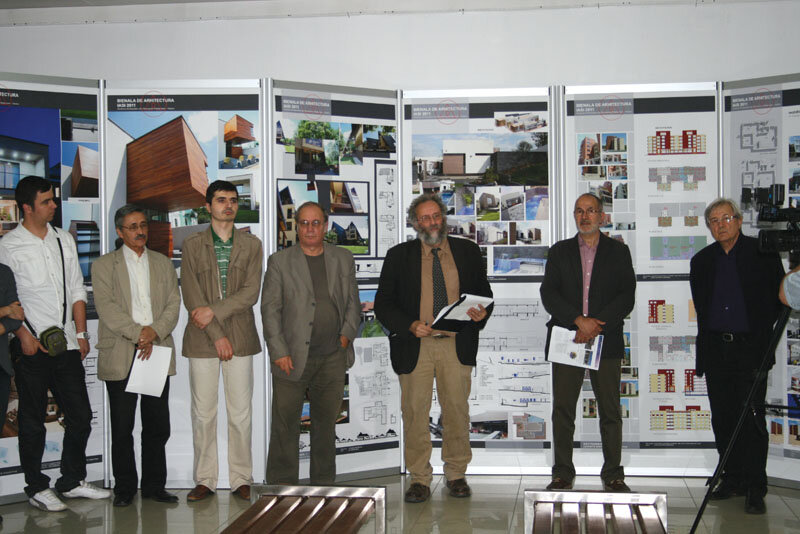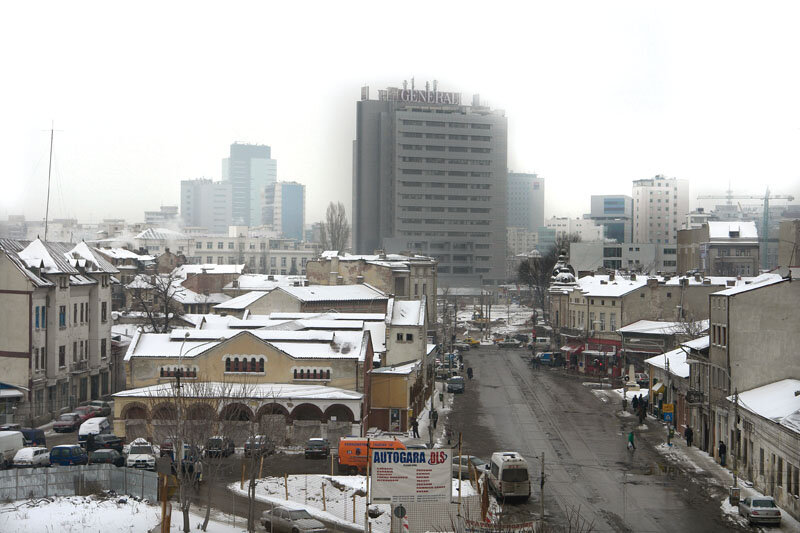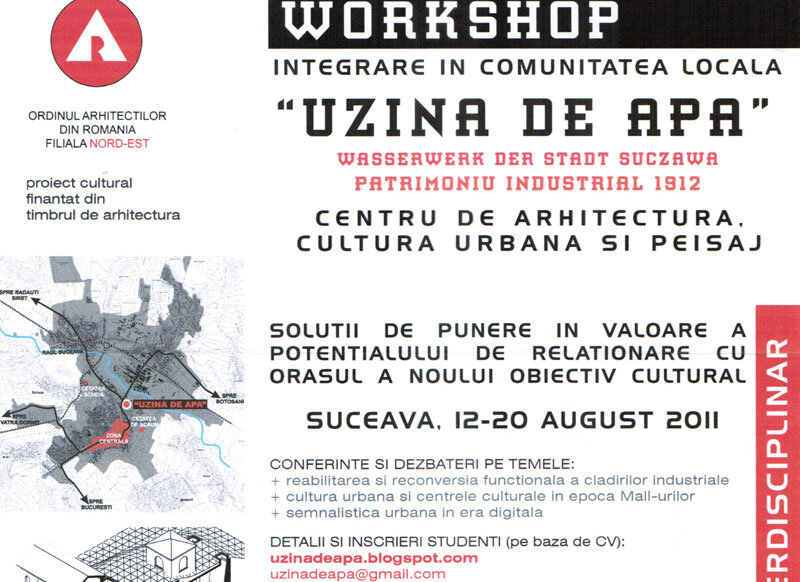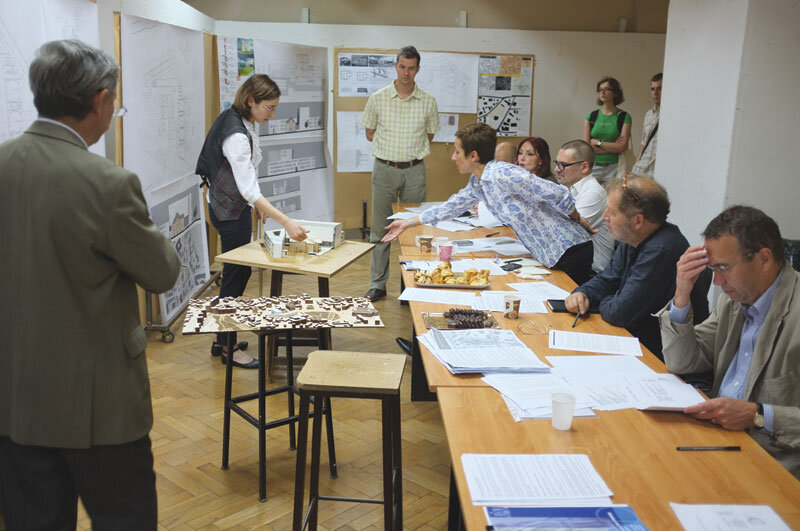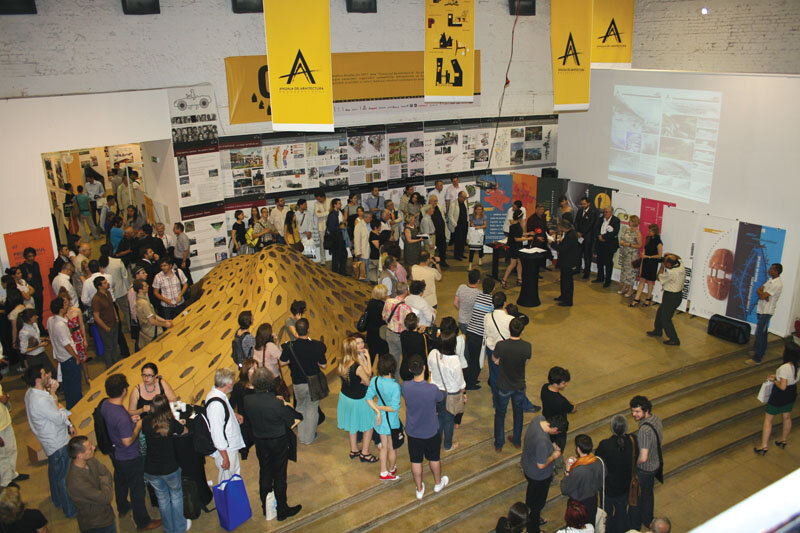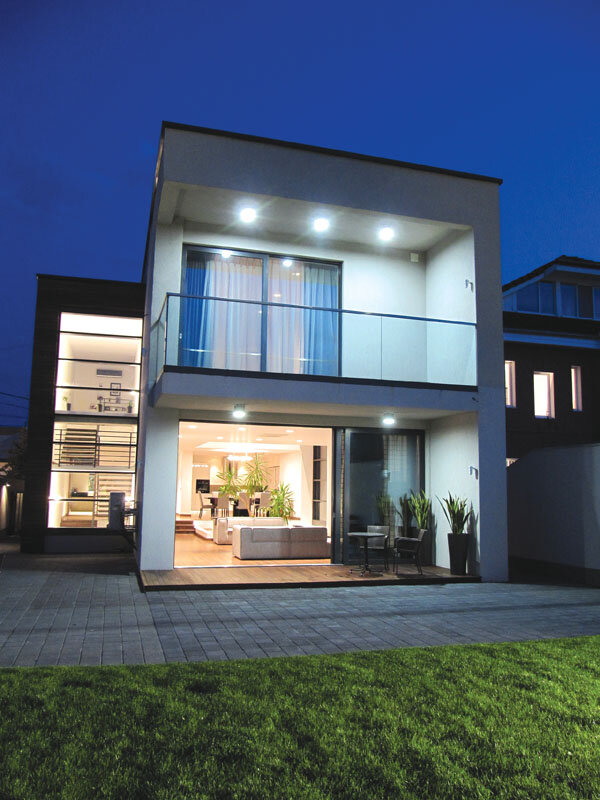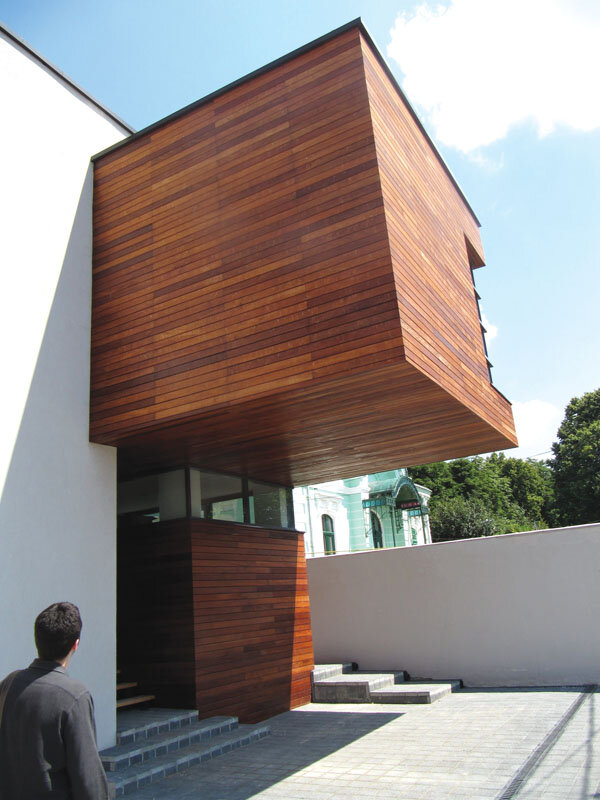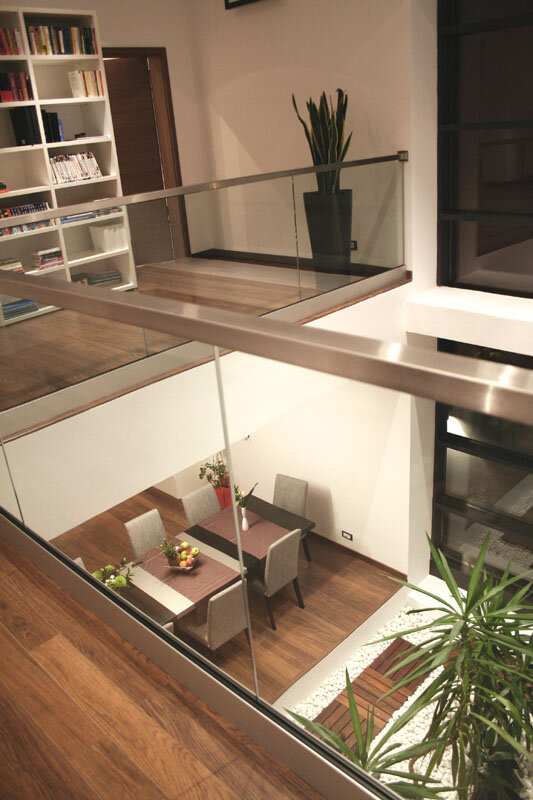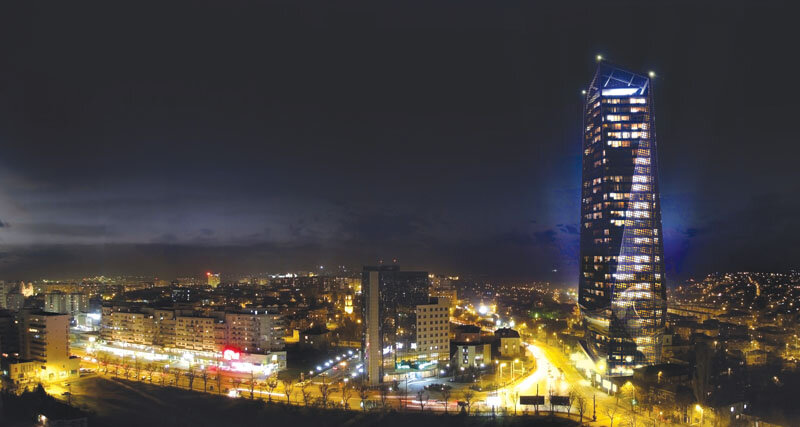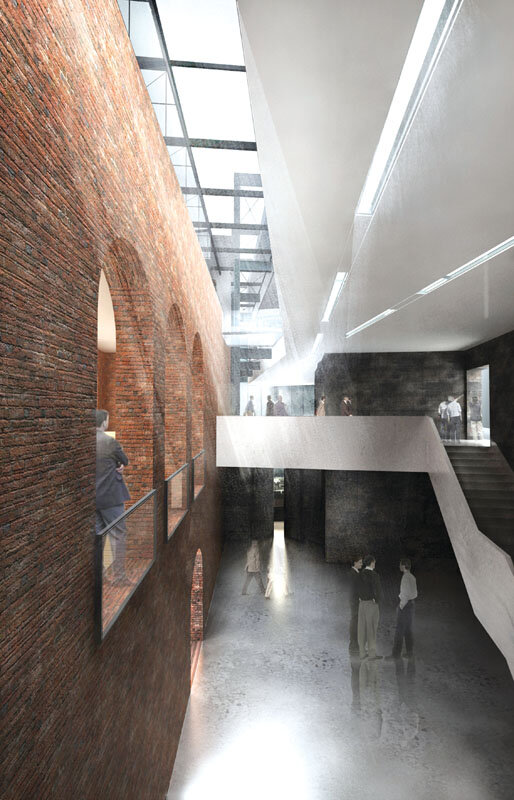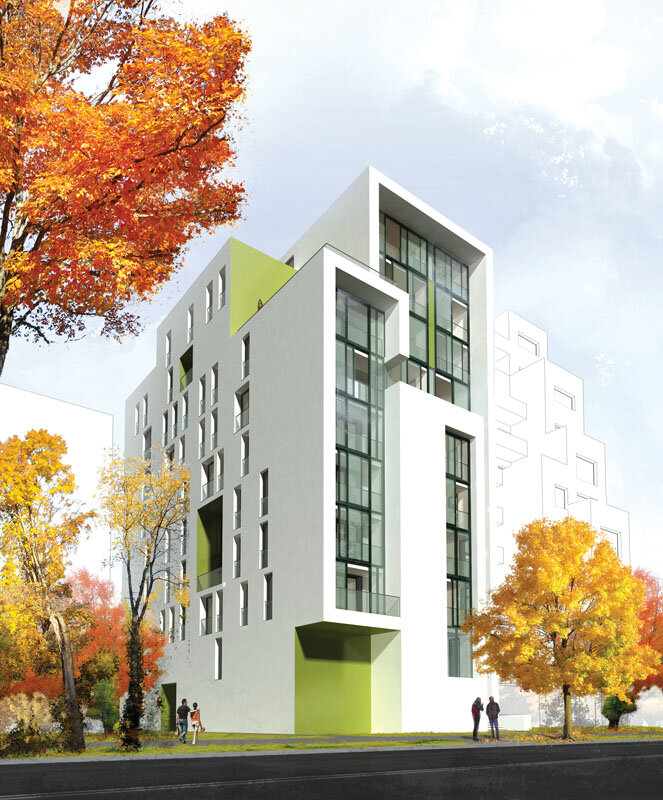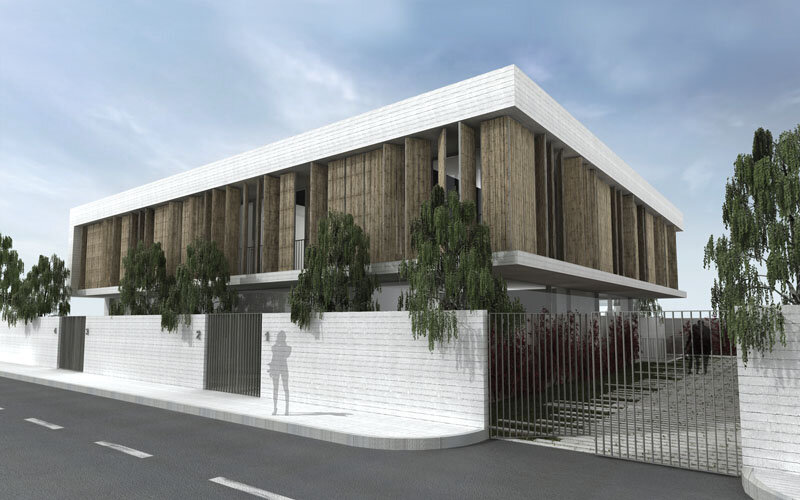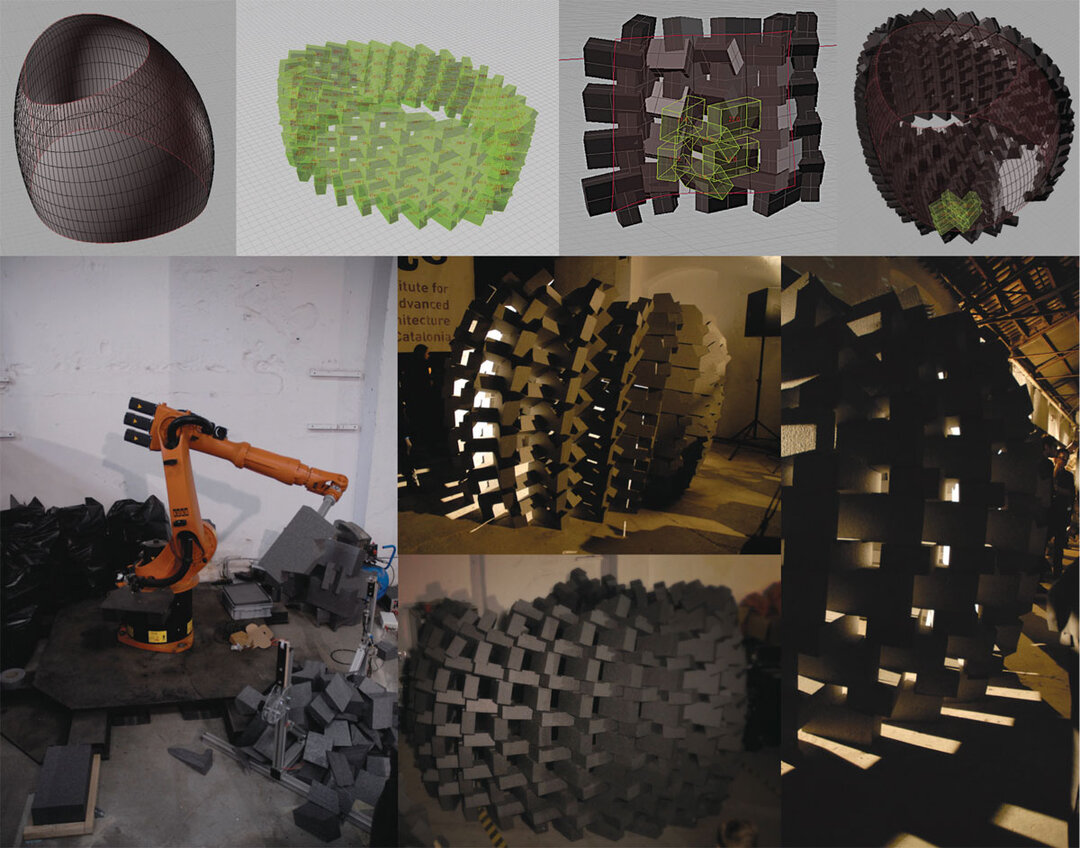
RUAA. Rust + Associated Architects
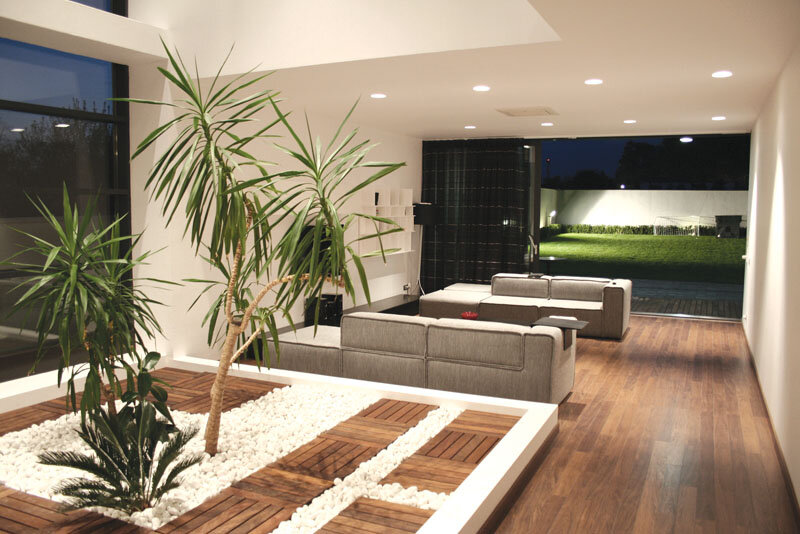

RUAA: Dragoș Rugină + Raluca Rugină + Bogdan Popa
| Interview with arh. Dragoș Rugină by the internal correspondent of "Arhitectura" magazine, Mihai Mancaș Mihai Mancaș: Who is RUAA?Dragoș Rugină:First of all, RUAA means a platform of thinking and working based on a few simple yet powerful moral and professional principles. It is the foundation of all the intense and mostly pleasant experiences I have had in the last years of architectural practice.I had the pleasure and the good fortune to have many young architects of value subscribing to this platform. Together we have built a common language, not in a strictly architectural sense, but rather a fine tuning of each other's desires and skills with the stated, and often grueling, goal of doing architecture.RUAA is now the continuation of the personal and collective experiences of more than eight years of design, during which time we have had the chance and the responsibility to be involved in various thematic projects (collective and individual housing, administrative and commercial buildings, sports and industrial programs, interior and landscape works, etc.).RUAA is our way of showing ourselves as architects and telling the world what we know and, above all, what we want to discover. M.M.: To whom do you owe your professional rise and who are your role models? D.R.: Probably, apart from work, there is a percentage of chance that should never be ignored. As for role models, I follow more behavioral and evolutionary models, and less concrete models of professional practice. There is, of course, a long list of architects and works that cause me joy and admiration. Every day this list becomes more and more populated. M.M.: As winners of the Prize in Section I of the Iasi Biennale of Architecture, what do you think were the jury's arguments in the RUAA project? What would be your arguments? D.R.: ATR House is an urban housing project, conceived as a manifestation of simplicity in an ambiguous built context. The constraints of a narrow site, as well as the imposed urban setbacks, were transformed into architectural means. The solution is subordinated to the axis of movement from public to private space, reflecting the geometric and dynamic conditions of the site. As mentioned by the president of the jury, the visual accuracy was an appreciated quality. It is the result of several stages of stylistic distillation of the design, overlaid with consistent architectural detailing. M.M.: How do you choose your projects? How do you manage to forge a relationship with the client that benefits both them and you as professionals? D.R.: Just as the client looks to the architect, the architect should also look at the client with a critical sense and a large dose of realism and lucidity. This duality is healthy if the ultimate goal of the collaboration is to generate quality through architecture. So we choose our clients rather than our projects. There are no good or bad projects, perhaps only right or wrong answers to an assumed theme. We try to approach projects that are thematically diverse and that generate both professional challenge and creative enjoyment as they evolve. M.M.: How do you work? What is the first thing you do with a project? D.R.: In order to do you first need to get into that necessary state, as an essential and eliminatory condition. It's a complex phenomenon that involves experience, attention and sensitivity. Understanding the site, the design theme, the client and relating this to our aspirational structure is the first important step in a project. M.M.: How do you choose your collaborators, how do you get along with them, given the originality and boldness of the solutions promoted by RUAA? D.R.: There are at least two absolutely necessary ingredients in this type of relationship: compatibility and trust. The latter crystallizes over time and is based on multidisciplinary work and dialogue. We try to be expansive in terms of architecture's relationship with complementary or related fields, seeking ever more refined and efficient design formulas. We have with us a team capable of meeting the various challenges that arise in a project, and this is essential, as the journey and the result are equally important to us. M.M.: What are your future plans for yourself and the RUAA? D.R.: We want in the near future to open doors that we have kept closed for a long time. I am referring here to areas of professional research designed to bring us closer to the international contemporary architectural phenomenon. The frontiers of architecture are constantly shifting and the profession's dialog with society is becoming increasingly complex. Consequently, a state of permanent professional restlessness, in our case, is a healthy thing, designed to generate evolution and quality. |
| Interview with architect Dragoș Rugină realized by the internal correspondent of "Arhitectura" magazine, Mihai Mancaș. M.M.: Who is RUAA?Dragoș Rugină:First of all, RUAA is a thinking and working platform based on a number of simple, but powerful moral and professional principles. It lies at the basis of all of the intense, and for the most part, pleasant experiences we have had during our recent years of architectural practice.I had the pleasure and the luck to see this platform joined by many valuable young architects. Together we created a common language, not in the strictly architectural sense, but rather in the sense that we managed to achieve a subtle concordance of the wishes and competences of each of us with the declared, and often tiring goal of making architecture.At present, RUAA consists of our personal and collective experiences that have continued over more than 8 years of design, during which period we had the chance and the responsibility to be involved in various thematic projects (collective and individual dwellings, administrative and commercial buildings, sport and industrial programs, interior and landscape works etc.).RUAA is the way in which we express ourselves as architects and tell the world what we know and especially what we would like to discover.M.M.: To what do you owe your professional ascent and who are your role models? D.R.: Apart from work, hazard probably plays a certain part that should never be ignored. As for role models, I try to follow not so much specific models of professional practice as behavioral and evolutionary models. There is, of course, a long list of architects and works for which I feel joy and admiration, and the list gets longer every day. M.M.: As winners of the Ist Section Prize at the Iași Architecture Biennial, what do you think were the jury's arguments in favor of the RUAA project? What would be your arguments? D.R.: ATR House is an urban residential project conceived as a manifestation of simplicity in an ambiguously built context. The constraints posed by a narrow plot and the imposed urbanistic recesses were turned into architectural tools. The solution is subordinated to the movement axis going from the public space to the private one, and reflects the geometrical and dynamic conditions of the site. As the president of the jury mentioned, visual accuracy was a much appreciated quality. It is the result of several stages of stylistic purification of the project, redoubled by a consistent work of analysis of the architectural details. M.M.: How do you choose your projects? How do you manage to build a relationship with the customer for his/her benefit as well as for your benefit, as professionals? D.R.: Just like the customer seeks the architect, the same way the architect should examine his customer with critical sense and a large dose of realism and lucidity. This duality is healthy if the final purpose of the collaboration is to generate quality through architecture. Consequently, we would rather choose our clients than our projects. There is no such thing as good projects or bad projects; there are only right or wrong answers to an assumed theme. We try to approach projects having a variety of themes, which can generate both professional challenge and creative pleasure throughout their development. M.M.: How do you work? What is the first thing you do in the case of a project? D.R.: To achieve something, you first need to reach that necessary state, as an essential and eliminatory condition. It is a complex phenomenon merging experience, attention and sensitivity. Understanding the site, the design theme, the customer and relating these data to our goal structure make up the first important step in a project. M.M.: How do you choose your collaborators, how do you get along with them, given the originality and the boldness of the solutions advanced by RUAA? D.R.: There are at least two absolutely necessary ingredients, when it comes to this type of relationship: compatibility and trust. The latter is built over time and is based on work and multidisciplinary dialog. We try to adopt an open attitude when it comes to architecture's relation with complementary or related fields, looking for increasingly refined and efficient design formulas. Our team is able to face the various challenges which come up during a project, and this is an essential aspect, because the road and the outcome are equally important to us. M.M.: What are your future plans for yourself and for RUAA? D.R.: In the near future we would like to open doors that were kept closed for a very long time. I am referring here to those areas of professional research meant to bring us closer to the contemporary international architectural phenomenon. The frontiers of architecture are constantly moving and the dialog of the profession with society is becoming increasingly complex. Consequently, a state of permanent professional unrest, in our case, is a healthy thing, meant to generate evolution and quality. |

